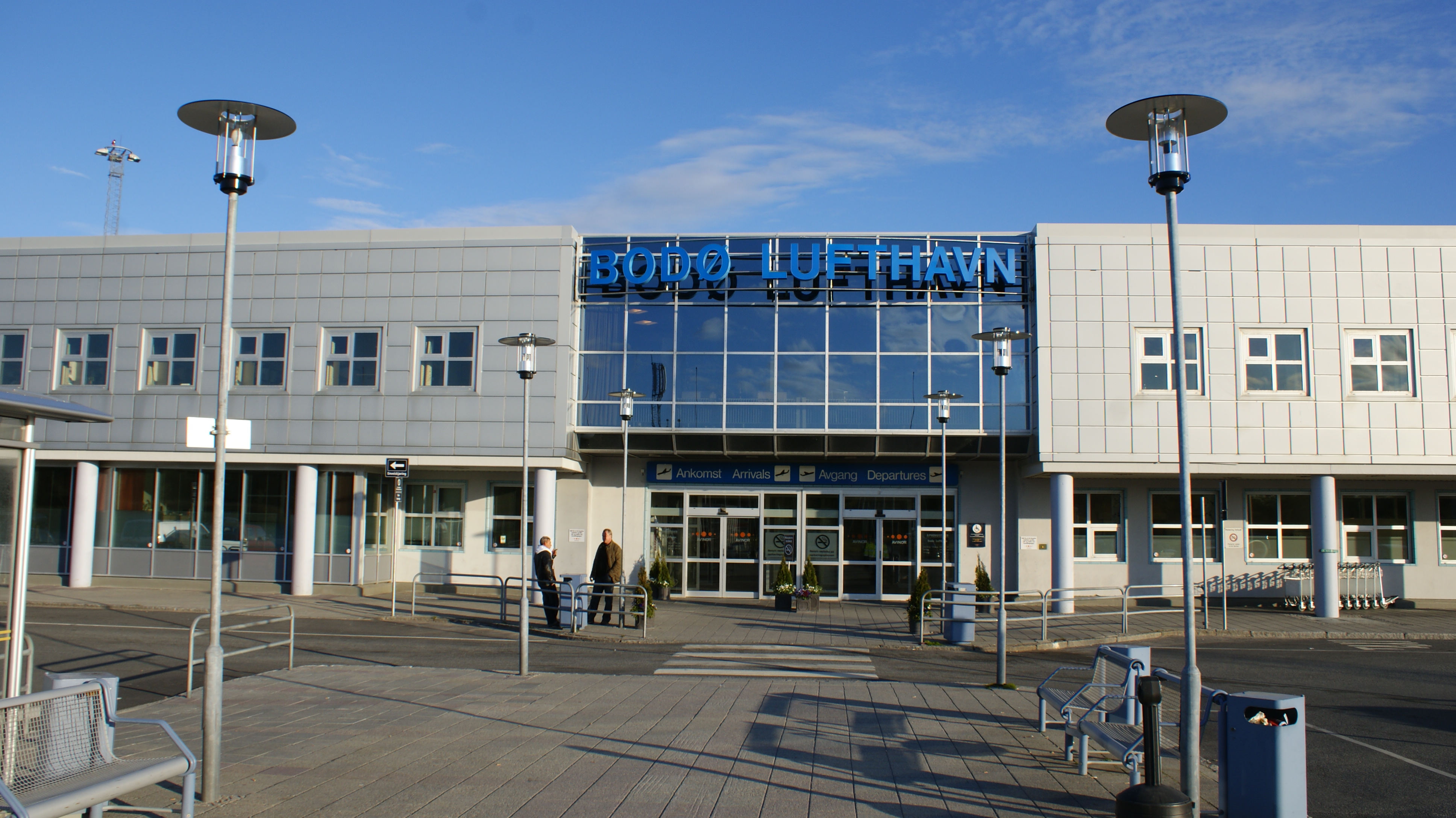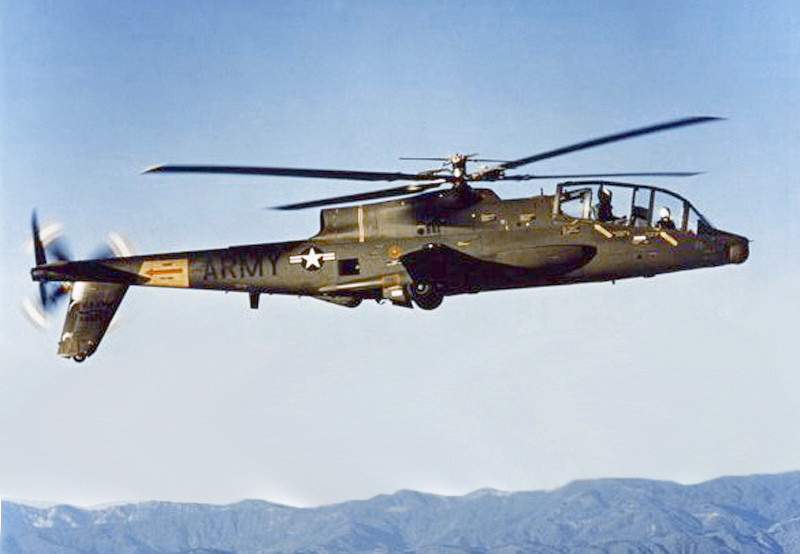|
Belly Landing
A belly landing or gear-up landing occurs when an aircraft lands without its landing gear fully extended and uses its underside, or belly, as its primary landing device. Normally the term ''gear-up landing'' refers to incidents in which the pilot forgets to extend the landing gear, while ''belly landing'' refers to incidents where a mechanical malfunction prevents the pilot from extending the landing gear. During a belly landing, there is normally extensive damage to the airplane. Belly landings carry the risk that the aircraft may flip over, disintegrate, or catch fire if it lands too fast or too hard. Extreme precision is needed to ensure that the plane lands as straight and level as possible while maintaining enough airspeed to maintain control. Strong crosswinds, low visibility, damage to the airplane, or unresponsive instruments or controls greatly increase the danger of performing a belly landing. Belly landings are one of the most common types of aircraft accidents nevert ... [...More Info...] [...Related Items...] OR: [Wikipedia] [Google] [Baidu] |
Belly Landing B-17
Belly may refer to: Anatomy * The abdomen, the part of the body between the pelvis and the thorax; or the stomach ** A beer belly, an overhang of fat above the waist, presumed to be caused by regular beer drinking ** Belly dance * The fleshy, central part of a skeletal muscle (also known as a "muscle belly") People * The nickname of the England cricketer Ian Bell * Leon-August-Adolphe Belly, a 19th-century French painter * Pierre Belly (1738–1814), Louisiana planter, lawyer and judge * Belly Mujinga (1972/3–2020), Congolese-born transport worker who died in London from COVID-19 Places * Belly River, river in Alberta, Canada Music * Belly (band), An American Alternative Rock band * Belly (rapper) (born 1984), Canadian rap artist of Palestinian origin * Lead Belly (1889–1949), real name Huddie William Ledbetter, American folk and blues musician * ''Belly'', an EP by The Beast (band), The Beast * The surface of a sound board (music), sound board, of a string instrument * A kin ... [...More Info...] [...Related Items...] OR: [Wikipedia] [Google] [Baidu] |
Aerodynamic Drag
In fluid dynamics, drag, sometimes referred to as fluid resistance, is a force acting opposite to the direction of motion of any object moving with respect to a surrounding fluid. This can exist between two fluid layers, two solid surfaces, or between a fluid and a solid surface. Drag forces tend to decrease fluid velocity relative to the solid object in the fluid's path. Unlike other resistive forces, drag force depends on velocity. Drag force is proportional to the relative velocity for low-speed flow and is proportional to the velocity squared for high-speed flow. This distinction between low and high-speed flow is measured by the Reynolds number. Drag is instantaneously related to vorticity dynamics through the Josephson-Anderson relation. Examples Examples of drag include: * Net force, Net Aerodynamic force, aerodynamic or Fluid dynamics, hydrodynamic force: Drag acting opposite to the direction of movement of a solid object such as cars, aircraft, and boat hulls. * Viscou ... [...More Info...] [...Related Items...] OR: [Wikipedia] [Google] [Baidu] |
Spin (aerodynamics)
In flight dynamics (fixed-wing aircraft), flight dynamics a spin is a special category of Stall (fluid dynamics), stall resulting in Autorotation (fixed-wing aircraft), autorotation (uncommanded roll) about the aircraft's longitudinal axis and a shallow, rotating, downward path approximately centred on a vertical axis. Spins can be entered intentionally or unintentionally, from any flight attitude if the aircraft has sufficient Yaw axis, yaw while at the stall point. In a normal spin, the wing on the inside of the turn stalls while the outside wing remains flying. It is possible for both wings to stall, but the angle of attack of each wing, and consequently its Lift (force), lift and Drag (physics), drag, are different. Either situation causes the aircraft to autorotate toward the stalled wing due to its higher drag and loss of lift. Spins are characterized by high angle of attack, an airspeed below the stall on at least one wing and a shallow descent. Recovery and avoiding a cr ... [...More Info...] [...Related Items...] OR: [Wikipedia] [Google] [Baidu] |
Convair F-106 Delta Dart
The Convair F-106 Delta Dart is an all-weather interceptor aircraft designed and produced by the American aircraft manufacturer Convair. The F-106 was designed in response to the 1954 interceptor program. Envisioned as an imagined "Ultimate Interceptor", it was a development of the F-102 Delta Dagger, and commenced as the ''F-102B'' prior to being redesignated by the United States Air Force (USAF). The F-106 was designed without a gun or provision for carrying bombs, instead carrying its AIM-4 Falcon air-to-air missiles within an internal weapons bay; its clean exterior was beneficial to supersonic flight. Major differences from the F-102 included the adoption of the more powerful Pratt & Whitney J75 turbojet engine, heavily redesigned air inlets along with a variable-geometry inlet duct to suit a wide range of supersonic speeds, and a general increase in size. On 26 December 1956, the first prototype performed its maiden flight. After flight testing demonstrated lesser perf ... [...More Info...] [...Related Items...] OR: [Wikipedia] [Google] [Baidu] |
Bell X-2
The Bell X-2 (nicknamed "Starbuster") was an X-plane research aircraft built to investigate flight characteristics in the Mach 2–3 range. The X-2 was a rocket-powered, swept-wing research aircraft developed jointly in 1945 by Bell Aircraft Corporation, the United States Army Air Forces and the National Advisory Committee for Aeronautics (NACA) to explore aerodynamic problems of supersonic flight and to expand the speed and altitude regimes obtained with the earlier X-1 series of research aircraft. Design and development The Bell X-2 was developed to provide a vehicle for researching flight characteristics at speeds and altitudes in excess of the capabilities of the Bell X-1 and D-558 II, while investigating aerodynamic heating problems in what was then called the "thermal thicket". The Bell X-2 had a prolonged development period due to the advances needed in aerodynamic design, control systems, materials that retained adequate mechanical properties at high temperature, and ... [...More Info...] [...Related Items...] OR: [Wikipedia] [Google] [Baidu] |
Bodø Airport
Bodø Airport is a civil airport in the town of Bodø in Bodø Municipality in Nordland county, Norway. Located just south of the city centre, on the westernmost tip of the Bodø peninsula, it shares facilities with the military air force base Bodø Main Air Station. The airport has a single concrete, runway which runs in a roughly east–west direction. In addition to jet operations to major domestic destinations, the airport serves as a hub for regional airline flights to Helgeland, Lofoten and Vesterålen. Planning is in progress to build a new airport about one kilometer (0.6 miles) south and build a new smart city district on the site of the current airport. The smart city will be largely focused on transportation and sustainability. The new airport could be ready before 2030, according to media's paraphrasing (in January 2022) of Avinor. History Postal flights to Bodø started in 1921, and before 1940 Bodø was served with seaplanes by Widerøe. The first runway at ... [...More Info...] [...Related Items...] OR: [Wikipedia] [Google] [Baidu] |
Norwegian Aviation Museum
The Norwegian Aviation Museum () was opened by King Harald V on May 15, 1994. It is the Norwegian national museum of aviation and also the largest aviation museum in the Nordic countries, covering around . Situated in the town of Bodø, in Bodø Municipality in Nordland county, the building is shaped like a huge propeller and contains both civilian and military aircraft. Exhibits and collections The exhibits of the Norwegian Aviation museum tell the story of aviation with a focus on the Norwegian history, from the early beginning all the way to the present time. The collection is divided into a military section and a civil section. Military aircraft on display *Avro 504K Dyak – British trainer aircraft * Bell UH-1B Iroquois - ''64-14079/079'' - American medium heavy tactical transport helicopter *Canadair CF-104 Starfighter - ''104802 (earlier 12801)'' - Canadian interceptor aircraft * Cessna L-19A/O-1A Bird Dog - ''50-1712'' - American observation aircraft * Cessna T-37 ... [...More Info...] [...Related Items...] OR: [Wikipedia] [Google] [Baidu] |
Finnmark
Finnmark (; ; ; ; ) is a counties of Norway, county in northern Norway. By land, it borders Troms county to the west, Finland's Lapland (Finland), Lapland region to the south, and Russia's Murmansk Oblast to the east, and by water, the Norwegian Sea (Atlantic Ocean) to the northwest, and the Barents Sea (Arctic Ocean) to the north and northeast. The county was formerly known as ''Finmarkens amt'' or ''Vardøhus amt''. Since 2002, it has had two official names: Finnmark (Norwegian language, Norwegian) and Finnmárku (Northern Sami language, Northern Sami). It is part of the Sápmi region, which spans four countries, as well as the Barents Region, and is Norway's second-largest and least populous county. Situated at the northernmost part of continental Europe, where the Norwegian coastline swings eastward, Finnmark is an area "where East meets West" in culture as well as in nature and geography. Vardø Municipality, Norway's easternmost municipality, is farther east than Saint ... [...More Info...] [...Related Items...] OR: [Wikipedia] [Google] [Baidu] |
Junkers Ju 88
The Junkers Ju 88 is a twin-engined multirole combat aircraft designed and produced by the German aircraft manufacturer Junkers Aircraft and Motor Works. It was used extensively during the Second World War by the ''Luftwaffe'' and became one of the most versatile combat aircraft of the conflict. The Ju 88 originated from a ''Reichsluftfahrtministerium'' (RLM) requirement issued in 1934 for a new multipurpose aircraft. Junkers was one of several firms to respond, producing two separate design studies that produced both the Ju 85 and Ju 88. The design work was headed by Junkers' chief designer Ernst Zindel. The Ju 88 was envisioned to function as a so-called '' Schnellbomber'' ("fast bomber") that would evade interception by enemy fighters of its era by flying at high speed. On 21 December 1936, the first prototype performed its maiden flight. The performance of the third prototype was highly favourable, resulting in the competing Henschel Hs 127 and Messerschmitt Bf 162 bein ... [...More Info...] [...Related Items...] OR: [Wikipedia] [Google] [Baidu] |
F-106 Unmanned Landing
F1 is Formula One, the highest class of auto racing sanctioned by the FIA. F1, F01, F.I, F.1 or F-1 may also refer to: Military craft and weapons * F1 grenade (other), several types of hand grenade * F 1 Hässlö, a former Swedish Air Force wing * F1 SMG, an Australian submachine gun * Dassault Mirage F1, a French combat aircraft * FCM F1, a 1940 French super-heavy tank * Fokker F.I, a German fighter triplane * HMS ''F1'', an F-class submarine of the Royal Navy, launched in 1915 * HMS ''Kelly'' (F01), a 1938 British Royal Navy K-class destroyer * Kampfgeschwader 76, from its historic ''Geschwaderkennung'' code with the Luftwaffe in World War II * Mitsubishi F-1, a fighter/attack aircraft of the Japan Air Self-Defense Force * North American F-1 Fury, the FJ known as the F-1 from 1962 onward * Sopwith Camel F.1, a 1916 British World War I single-seat fighter biplane * USS ''F-1'' (SS-20), an F-class submarine of the United States Navy * Felixstowe F.1, a Seap ... [...More Info...] [...Related Items...] OR: [Wikipedia] [Google] [Baidu] |
Nacelle
A nacelle ( ) is a streamlined container for aircraft parts such as Aircraft engine, engines, fuel or equipment. When attached entirely outside the airframe, it is sometimes called a pod, in which case it is attached with a Hardpoint#Pylon, pylon or strut and the engine is known as a podded engine. In some cases—for instance in the typical "Farman Aviation Works, Farman" type Pusher configuration, "pusher" aircraft, or the World War II-era P-38 Lightning or SAAB J21—an aircraft cockpit may also be housed in a nacelle, rather than in a conventional fuselage. Etymology Like many aviation terms, the word comes from French language, French, in this case from a word for a small boat. Development file:Arado Ar 234V6 and Ar 234V8 front-view silhouettes.png, The development of the Arado Ar 234, merging the four nacelles into two The Arado Ar 234 was one of the first operational jet aircraft with engines mounted in nacelles. During its development, the four engines had four distin ... [...More Info...] [...Related Items...] OR: [Wikipedia] [Google] [Baidu] |
Fairchild Republic A-10 Thunderbolt II
The Fairchild Republic A-10 , also infamously known under the nickname , is a single-seat, twin-turbofan, straight-wing, subsonic attack aircraft developed by Fairchild Republic for the United States Air Force (USAF). In service since 1977, it is named after the Republic P-47 Thunderbolt strike-fighter of World War II, but is instead commonly referred to as the " Warthog" (sometimes simply " Hog"). The A-10 was designed to provide close air support (CAS) to ground troops by attacking enemy armored vehicles, tanks, and other ground forces; it is the only production-built aircraft designed solely for CAS to have served with the U.S. Air Force. Its secondary mission is to direct other aircraft in attacks on ground targets, a role called forward air controller (FAC)-airborne; aircraft used primarily in this role are designated OA-10. The A-10 was intended to improve on the performance and firepower of the Douglas A-1 Skyraider. The Thunderbolt II's airframe was designed aro ... [...More Info...] [...Related Items...] OR: [Wikipedia] [Google] [Baidu] |







